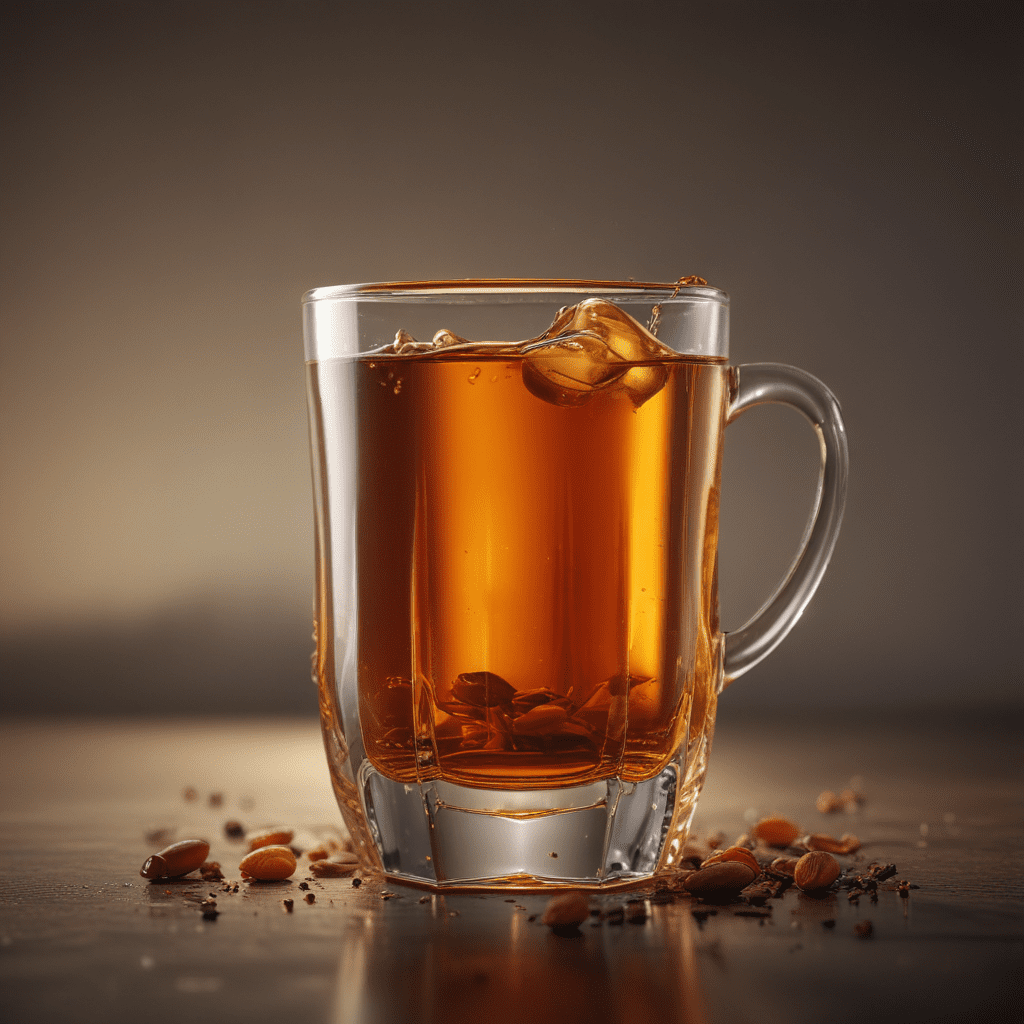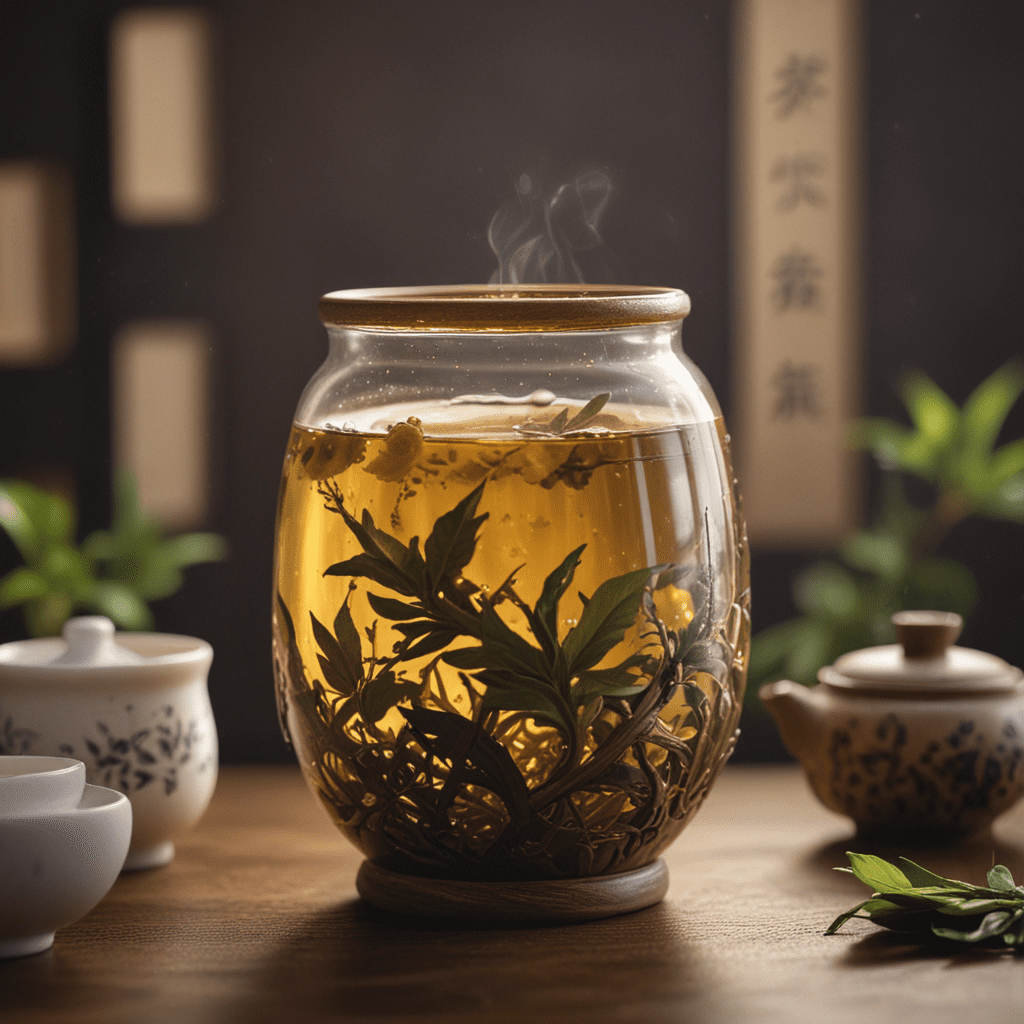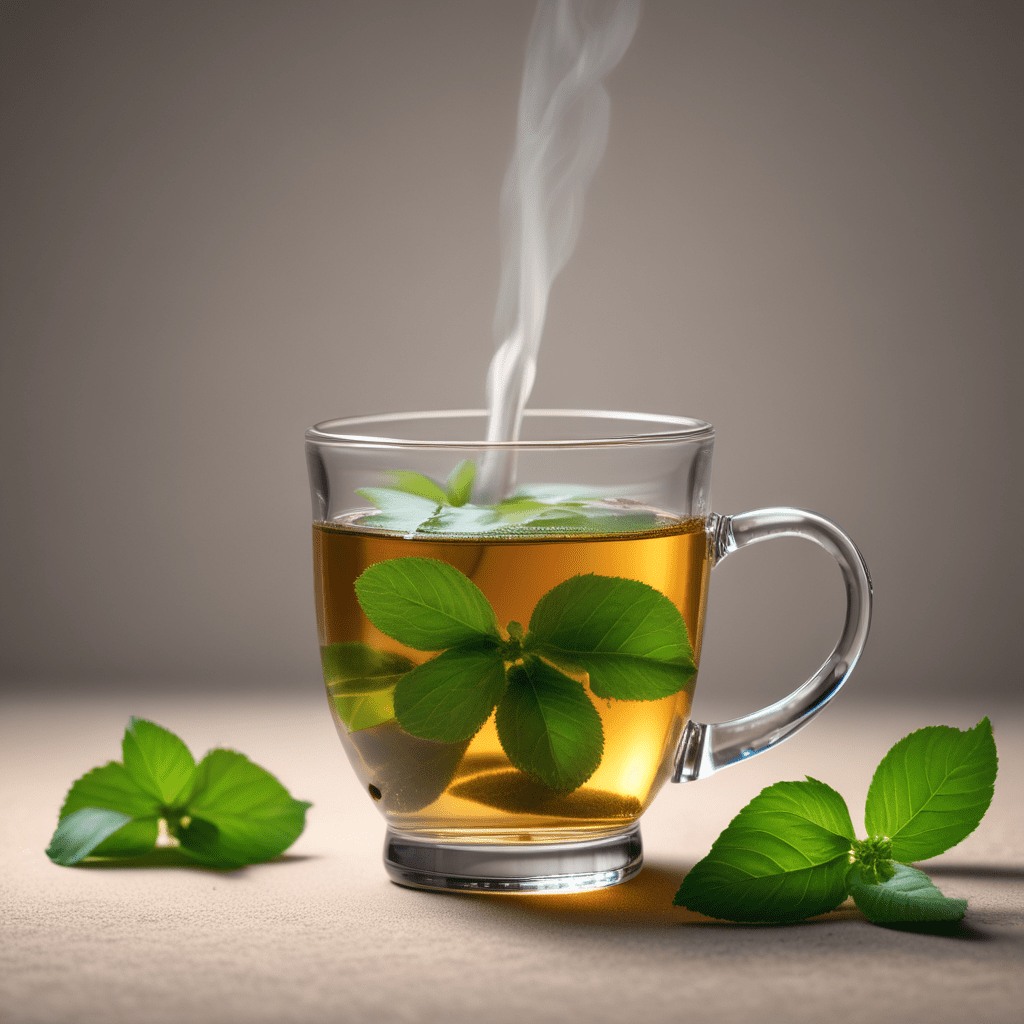
The Influence of Climate on Indian Tea Flavors
India, a land blessed with diverse climates and landscapes, is also a haven for tea lovers. The country's rich tea culture is deeply intertwined with its unique geographical features, making Indian tea renowned for its distinct and flavorful character. This article delves into the intricate relationship between climate and Indian tea, exploring how various climatic factors shape the exquisite flavors of this beloved beverage.
Unveiling the Unique Profile of Indian Tea
Indian tea boasts a wide spectrum of flavors, ranging from the delicate and floral Darjeelings to the robust and malty Assams. This remarkable diversity is attributed to the country's varied climatic conditions, which play a pivotal role in influencing the growth and development of tea plants. From the towering Himalayas to the sun-drenched plains, each region experiences a unique interplay of altitude, rainfall, temperature, and sunshine, resulting in a tapestry of flavors that is truly unmatched.
Geographical Diversity: A Journey Through India's Tea Landscapes
India's tea-growing regions are scattered across the country, each boasting its own distinct climatic characteristics. The Darjeeling hills, nestled in the foothills of the Himalayas, experience cool temperatures, high rainfall, and abundant mist. Assam, on the other hand, is characterized by a hot and humid climate with ample sunshine and heavy rainfall during the monsoon season. Nilgiris, located in the Western Ghats, enjoys a moderate climate with well-distributed rainfall throughout the year. These diverse geographical locations contribute significantly to the unique flavor profiles of Indian teas.
Impact of Altitude: High vs. Low Elevation Gardens
Altitude plays a crucial role in shaping the character of Indian tea. High-elevation gardens, such as those in Darjeeling, produce teas that are delicate, aromatic, and possess a distinctly floral quality. The cooler temperatures at higher altitudes slow down the growth of tea plants, resulting in the accumulation of more flavorful compounds. In contrast, low-elevation gardens, like those in Assam, yield teas that are bolder, maltier, and have a fuller body. The warmer temperatures and longer growing season in these regions contribute to the robust flavor profile of Assam teas.
Rainfall and Humidity: Shaping the Tea Plant's Character
Rainfall and humidity are essential factors influencing the growth and development of tea plants. Adequate rainfall ensures a steady supply of water, while humidity helps maintain the moisture levels in the leaves. Darjeeling, with its high rainfall and humidity, produces teas that are light and aromatic. Assam, on the other hand, experiences heavy rainfall during the monsoon season, which contributes to the malty and full-bodied character of its teas.
6. Soil Composition: A Foundation for Flavorful Infusion
The composition of the soil plays a vital role in determining the flavor profile of Indian tea. Tea plants thrive in well-drained, fertile soil rich in organic matter. The type of soil, its mineral content, and acidity levels all contribute to the unique characteristics of the tea. Darjeeling's tea gardens are known for their sandy loam soil, which allows for good drainage and imparts a delicate flavor to the tea. Assam's fertile alluvial soil, rich in nutrients, contributes to the robust and full-bodied character of its teas.
7. Sunshine and Shade: Unveiling the Role of Light
Sunlight and shade play a crucial role in the development of tea flavor. Tea plants require a balance of both sunshine and shade to thrive. Excessive sunlight can lead to bitterness, while too much shade can result in a weak flavor. Darjeeling's tea gardens are often shaded by trees, which helps to protect the delicate leaves from direct sunlight and preserve their aromatic qualities. Assam, with its abundant sunshine, produces teas with a bolder and more robust flavor.
8. Monsoon Season: A Transformative Influence on Tea Character
The monsoon season, with its heavy rainfall and high humidity, has a transformative influence on the character of Indian tea. The increased moisture content in the leaves during this period leads to the development of unique flavor compounds. Darjeeling's second flush teas, produced during the monsoon season, are known for their distinctive muscatel flavor and floral aroma. Assam's monsoon teas, on the other hand, acquire a malty and earthy character due to the extended growth period.
9. Regional Variations: Exploring Distinct Tea Flavors
India's diverse tea-growing regions produce a wide range of teas with distinct flavor profiles. Darjeeling is renowned for its delicate and aromatic teas, while Assam is known for its robust and malty varieties. Nilgiris teas offer a unique blend of floral and fruity notes, while Kangra teas are characterized by their bright and refreshing flavor. This regional diversity reflects the unique interplay of climatic factors and tea-growing practices in each region.
10. Conclusion: A Symphony of Climate and Tea
The flavor of Indian tea is a symphony of climate and geography. From the towering Himalayas to the sun-drenched plains, each region's unique climatic conditions contribute to the distinctive character of its teas. Altitude, rainfall, temperature, soil composition, sunshine, and shade all play a crucial role in shaping the flavor profile of this beloved beverage. Understanding the influence of climate on Indian tea allows us to appreciate the diversity and complexity of this treasured drink.
Frequently Asked Questions (FAQs)
Q: What are the most popular Indian tea varieties?
A: Some of the most popular Indian tea varieties include Darjeeling, Assam, Nilgiris, Kangra, and Munnar.
Q: What is the difference between Darjeeling and Assam tea?
A: Darjeeling tea is known for its delicate and aromatic flavor, while Assam tea is characterized by its robust and malty character. This difference is primarily due to the variations in climate and growing conditions between the two regions.
Q: What is the best way to brew Indian tea?
A: The best way to brew Indian tea depends on the specific variety you are using. However, general guidelines include using fresh, filtered water, heating the water to the appropriate temperature (around 180°F for black tea), and steeping the tea leaves for the recommended time.
Q: What are some of the health benefits of Indian tea?
A: Indian tea is rich in antioxidants and has been associated with various health benefits, including improved cardiovascular health, reduced inflammation, and a lower risk of certain types of cancer.


